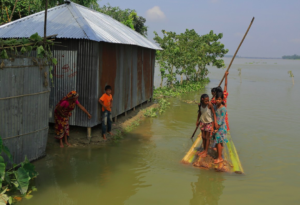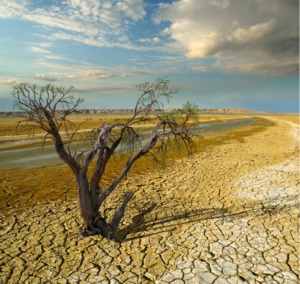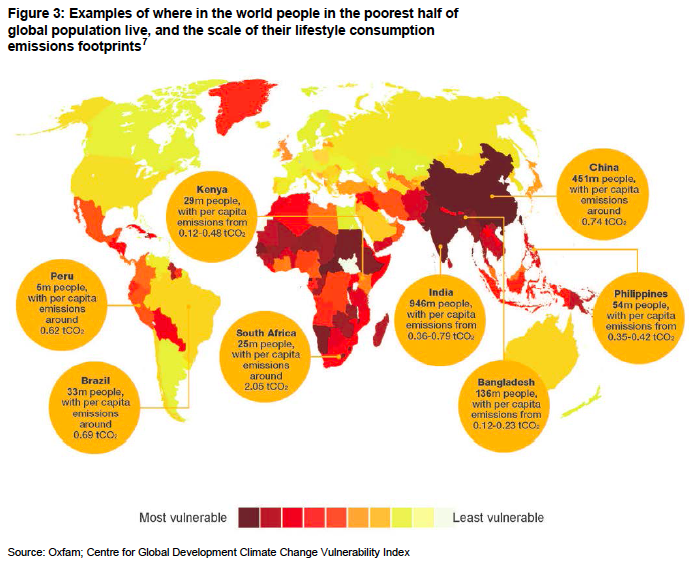Oxfam, the global organization working to end the injustice of poverty, has issued a report on how climate change is “inextricably linked to economic inequality.”
The report bases its analysis on ‘lifestyle consumption emissions,” which measure emissions from individual consumption rather than the traditional method of relying on emissions from national production. The model allocates emissions associated with goods/services to the territory in which consumption takes place rather than the country in which the production occurs. Oxfam asserts that this methodology allows for a more realistic picture of the actual emissions of different levels of income within a country.
The analysis shows that the poorest half of the global population, about 3.5 billion people, are responsible for only 10% of the total global emissions attributed to individual consumption. These same people live in those countries that are most vulnerable to climate breakdown.
The other half of the population is responsible for 90% of the emissions.

Moreover, the richest 10% of people around the world produce 50% of the global emissions. And the richest 1% may emit 30 times more than the poorest 50%, and 175 times more than the poorest 10%.
Across countries similar inequalities exist. While some “emerging” economies, as in China, Brazil, India and South Africa, have high and rapidly rising emissions, yet the emissions of the richest and poorest in those countries are significantly lower than the richest and poorest in OECD countries. For example, the average emissions of a person in the richest 10% in China is about the same as the average carbon footprint of someone in the poorest 40% of Europeans. And the poorest half of the Chinese population (over 600 million) have a total emissions footprint that is only one-third of the richest 10% of US citizens (30 million).
At the same time, there are significant gaps in emission footprints between the richest 10% and poorest 50% in places like Brazil and South Africa.

The poor are almost always the most vulnerable to the impacts from climate breakdown. Oxfam cites a recent World Bank study that found that in 52 countries, poor people are more exposed to droughts, floods and heat waves— the impacts from climate breakdown — than the average of the population as a whole.
The Oxfam study is clear that the poor do not just live in poor countries but even the richest of countries include many poor communities that are adversely affected by climate change. When Superstorm Sandy struck New York City, 33% of individuals in affected areas lived in government-assisted housing, with half of the 400,000 public housing residents displaced.
Inequalities also exist across different groups within countries. Generally, women are more vulnerable to climate consequences than men, rural communities are more vulnerable than urban ones, and groups marginalized by race, ethnicity and other factors are more vulnerable.
The report does set forth at the end a series of measures that would help protect the most vulnerable against climate breakdown.

Conclusion
One argument by Oxfam is open to dispute. It argues that a weak Paris agreement is no more in the interests of the richest people than it is in the interests of the poorest and least responsible because the richest 10% are experiencing impacts of climate change. There is no doubt that many rich people are at the forefront of promoting climate action. However, rich people can experience the impacts of climate change but have the resources to modify their life to guard against those impacts, while the poorest have no such luxury. For example, as rising seas and extreme weather are destroying beachfront property along the entire coast of Florida, the rich simply move inland to higher, drier land, as they are doing in the Little Haiti section of Miami Beach, Florida.
The bottom line of the Oxfam report is that it is incumbent on those trying to implement the Paris climate accord, and other national and local initiatives, to make sure that climate policies and actions deliver relief for those least at fault and most at risk from climate breakdown. As the report argues, “If there is to be any justice in the deal in Paris, governments must deliver something for the have-nots, wherever they live.”


No comments yet, add your own below